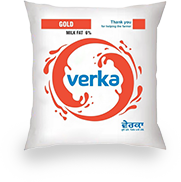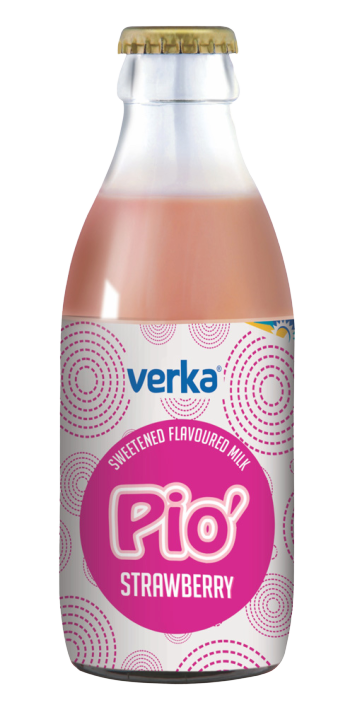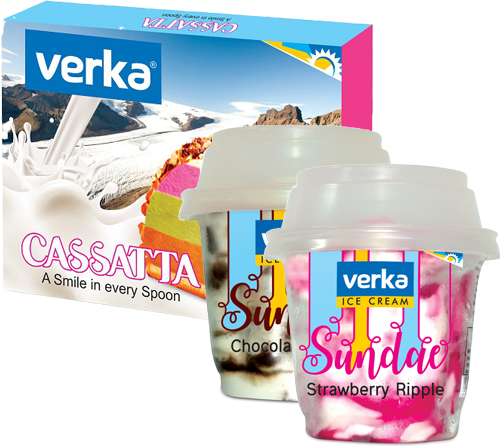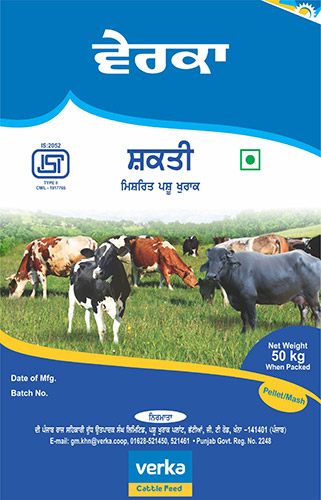Say cheese, and you will have a beaming smile as it is among the most loved foods in the world. There are hundreds of different types of cheese. Cheese is found in different forms in all cultures around the world. Whatever kind of cheese you buy, a branded processed variety or a gourmet or an artesian from a delicatessen, you would want it to stay fresh for as long as possible.
What are the things you should do (or avoid doing) to keep cheese fresh?
If your cheese came wrapped in plastic, remove the cheese from the plastic wrapping as soon as it reaches home. A few days in the plastic will spoil the taste and give it the flavour of plastic. For re-wrapping, using cheese paper is the best as it has two layers – a wax-coated paper on the inside and a thin porous plastic on the outside – that allows cheese to breathe but controls the humidity.
If you cannot source cheese paper, wrap it in waxed/butter paper, and then place it in a partially sealed plastic bag. The wax lined paper will create a barrier between the cheese and the plastic and the plastic will ensure that the cheese does not get dry. For soft cheese, the shelf life is short so it is better to keep them in their original packing.
One other trick to keep cheese fresh is to use fresh wrapping every time you cut off a piece to use the cheese. Re-used wrapping does not give the same results as a fresh wrapping paper.
And now let’s talk about storage in the refrigerator. Cheese must be stored in the area where temperature is between 5 – 6°C and this means that the coldest part of your refrigerator will likely be too cold. The crisper drawers have these temperatures and the crisper drawer has one other important benefit: it provides the humidity that the cheese needs.
Now that you know how to store cheese properly, how about buying some cheese and trying a few cheese recipes.
Best buy is if packing is small which may be used in one or two times.
- To prepare creamier soups, replace water with milk.
- To prepare creamier soups, replace water with milk.
- To prepare creamier soups, replace water with milk.









































































